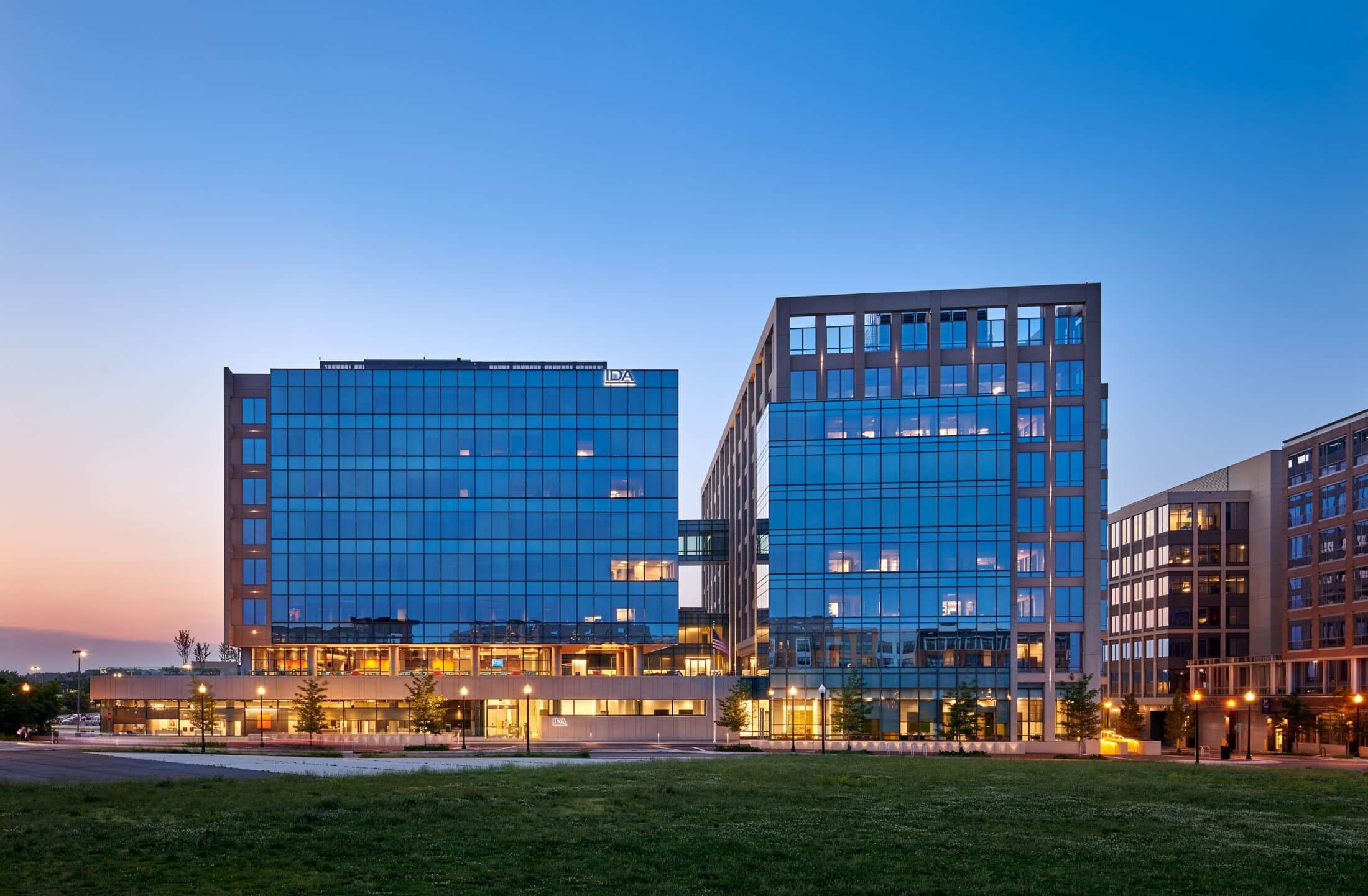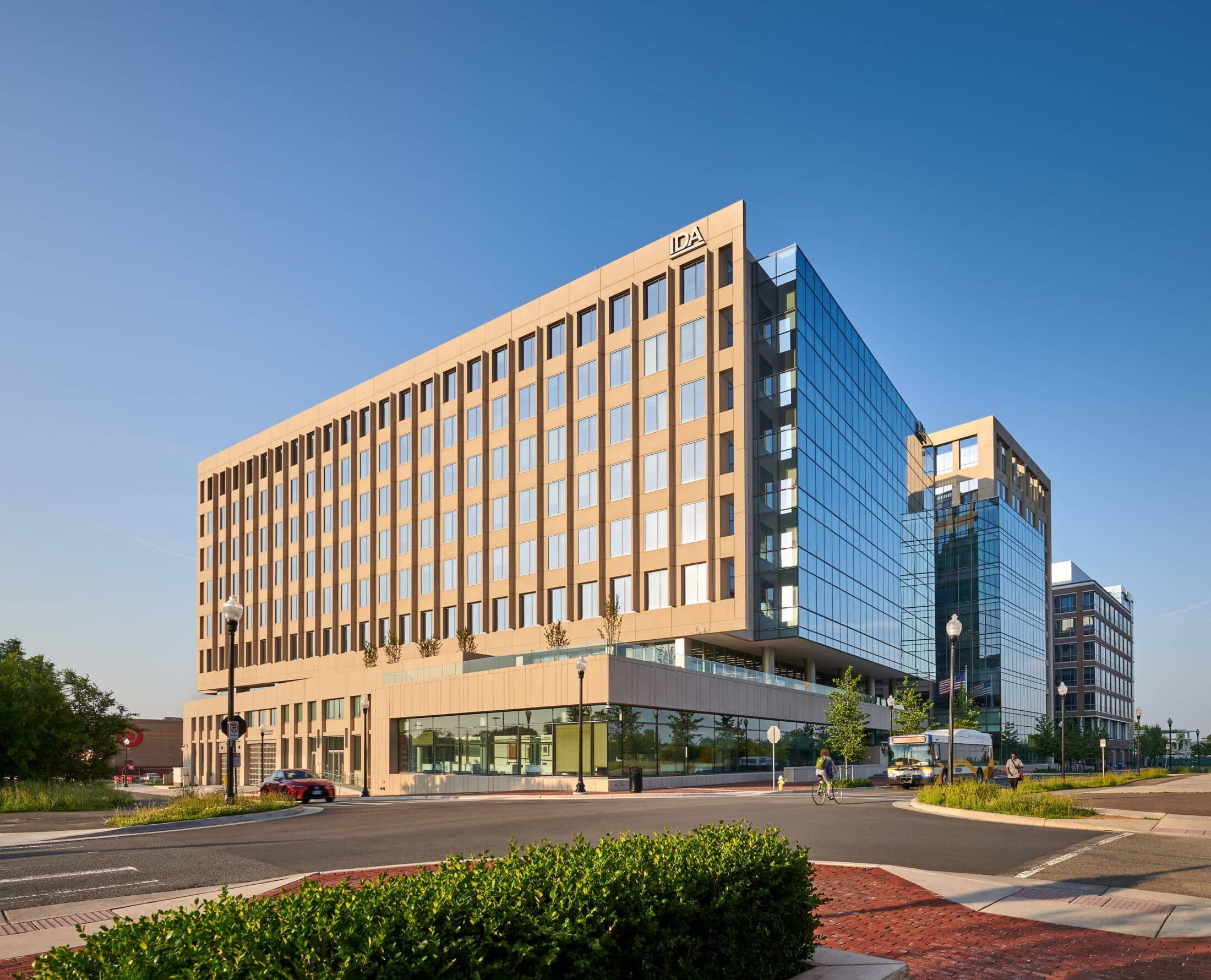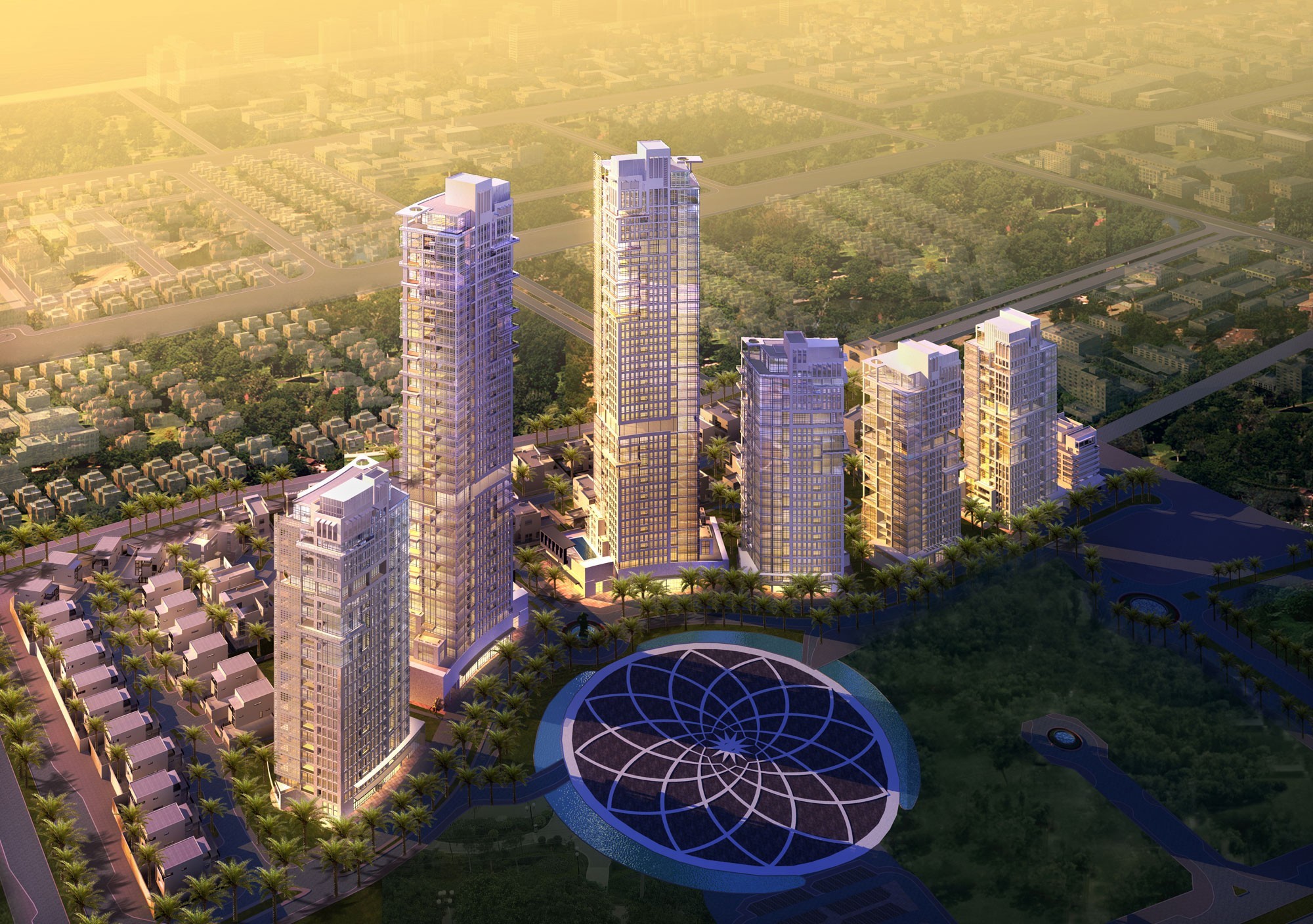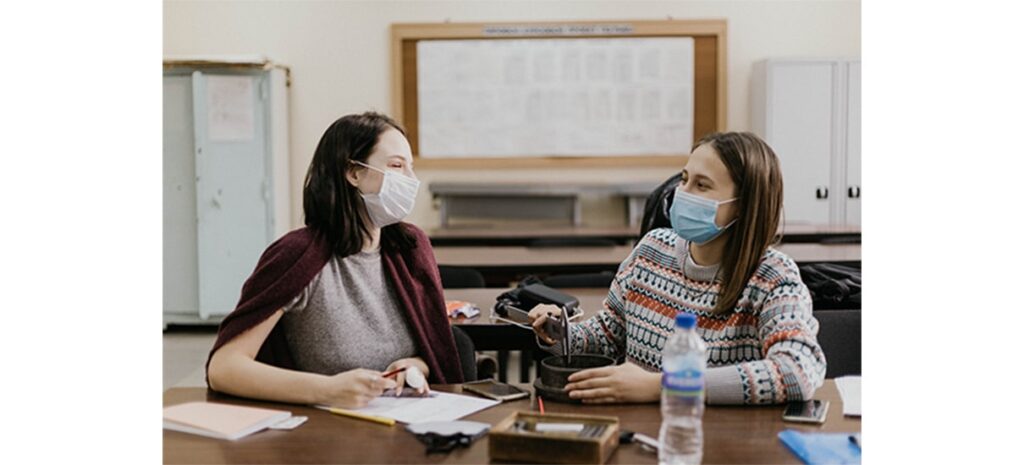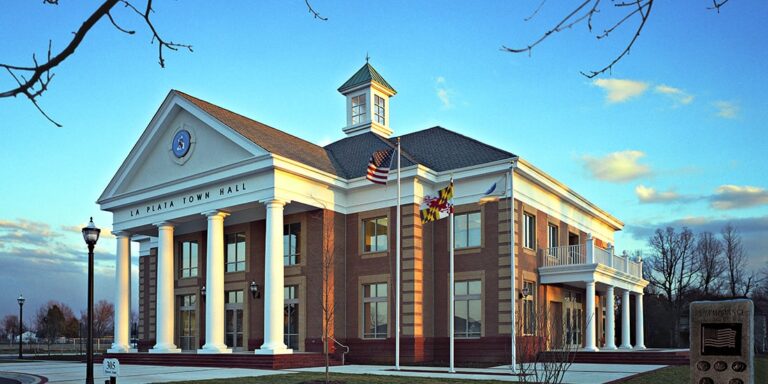We are at an inflection point in the design industry’s integration of COVID-19-based design strategies for safe and healthy learning environments. A significant amount of research, writing, and practice was conducted before the 2020-2021 school year and continues today. Operationally, districts are balancing priorities within a difficult public health landscape given the current record-setting number of COVID-19 cases and the national push for the safe return of students and staff to school.
It is important to note that there are numerous operational and cleaning protocols that districts are implementing that provide a critical safety impact. These range from mask wearing, physical distancing, and robust disinfection routines to setting up rapid response teams and viral testing protocols, enforcing strict stay at home when sick regulations, and providing comfortable isolation spaces on the premises for those who become ill on site.
Familiarity with these operational protocols is advisable, and many school systems are advancing and instituting these protocols at an impressive rate. Here, we present four helpful system and infrastructure-based strategies for addressing additional COVID-19 safety issues in our schools from our perspective as our clients’ advocates for and designers of learning environments of all scales and conditions.
Increase Outdoor Ventilation. This low-tech, time-tested approach is, in some cases, the best initial step. The passive way to achieve this is by simply adding more operable windows in occupied spaces to bring in more fresh air. The active approach for buildings with modern HVAC systems is first, to increase outdoor air ventilation rates to at least ASHRAE minimums; and second, to minimize or shut off airflow recirculation to reduce the chance of contaminants being recirculated through the HVAC system.
Increase Air Filtration. Filtration is a very effective measure for removing airborne contaminants. It is recommended that MERV 13 or better air filters are used. But with higher filtration come more frequent filter changes. This often is an overlooked cost and operational factor. Verifying sufficient airflow across the filters is another process to take into account when considering these effective modifications. More advanced filtration measures include time-tested UV filtration systems in use for decades in the healthcare and life-science sector and the newer bipolar ionization systems. Both of these systems can be retrofitted into many existing HVAC systems. A competent mechanical engineer can educate the design team and client on the pros and cons of these approaches.
In addition to system-wide changes, local portable room-based HEPA filters can be used to supplement existing or new systems. Finally, equally as important as the systems, is instituting manufacturer-recommended inspections and filtration replacement protocols.
Verify Ventilation and Filtration Performance. Costly investment in new or retrofitted filtration upgrades can be wasted if adequate building commissioning and testing are not performed. There are two common sayings/realities with building commission: the earlier the better and better late than never. In some situations, the early involvement of commissioners is not feasible. In that case, a qualified engineer will also tell you late commissioning is still a more than worthwhile effort to ensure adequate system performance. Lastly, ventilation monitoring should be considered to measure CO2 concentrations for fresh air ventilation rates and to maintain recommended humidity levels between 40-60% to reduce the ideal conditions for airborne pathogens.
Install No-Contact Infrastructure. To avoid contact transmission, evaluate replacing existing everyday equipment and infrastructure with touchless alternatives. Obvious solutions include touchless restroom fixtures, paper-towel dispensers, and soap dispensers, to less obvious foot-operated door openers and water fountains.
A mention must be made about space planning for learning environments. This is a dense topic that involves a complex set of intuitive moves that reflect the specific uses of the space, whether reducing or eliminating transactional spaces, rethinking smaller shared spaces, or rethinking how we circulate through a school. These conversations are ongoing and deserve their own forum in conjunction with the system-related strategies discussed in this article. As designers, engineers, operators, and administrators, we must educate ourselves to create healthier schools for both current and future public health crises.
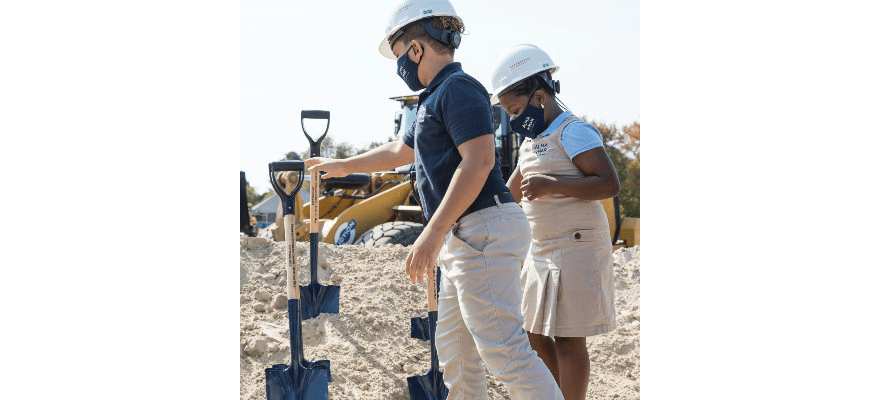
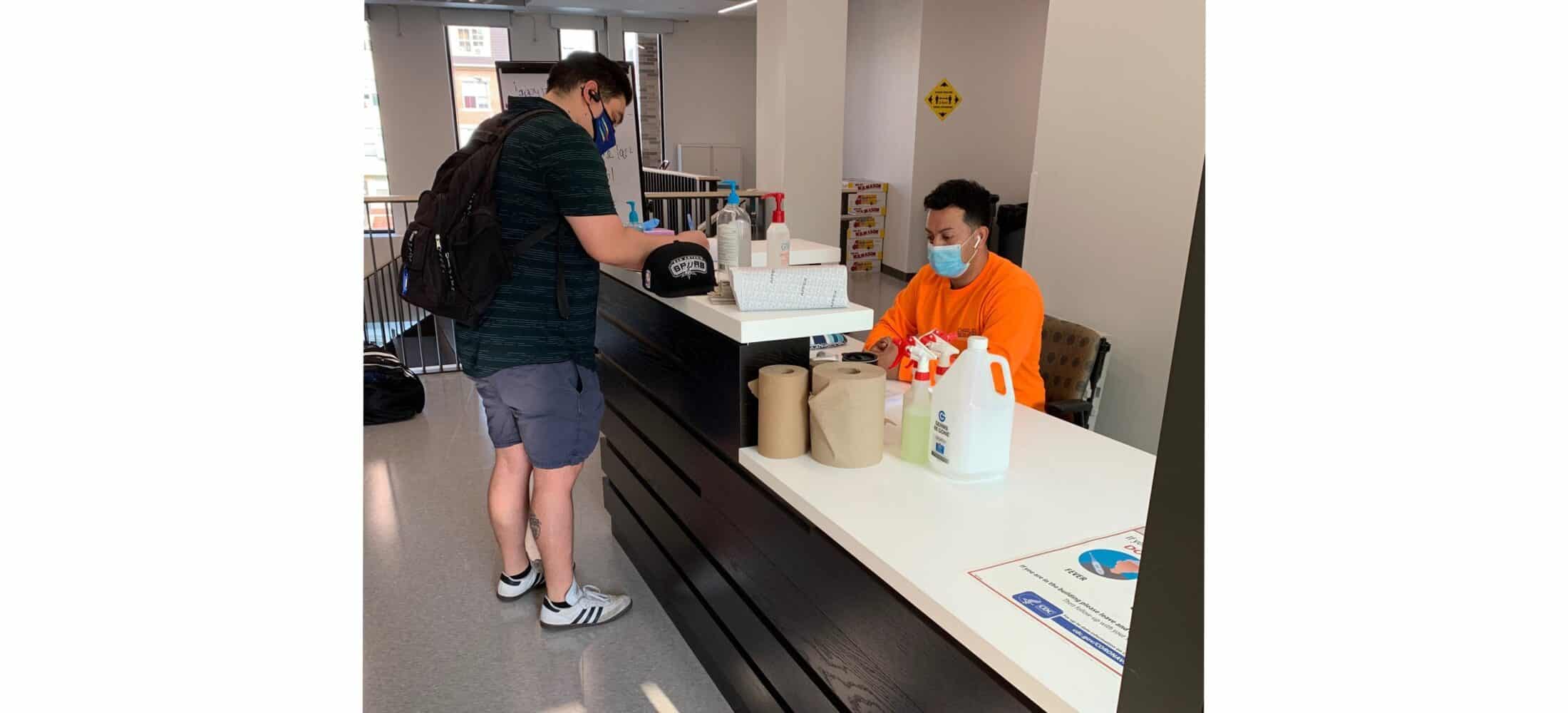
By Stephen Zuber

